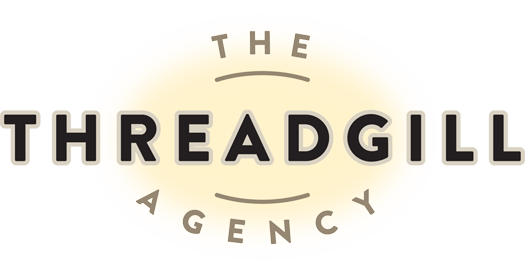
24 Mar How Google’s Third-Party Cookie Changes Impact Your Online Ad Campaigns
Pivoting Your Marketing in the Face of Google’s New Ad Changes
As analytics are getting more targeted and as AI is improving predictors of online behaviors, consumers are feeling more, well, private about their privacy. And big tech and social media companies are responding accordingly.
Chrome announced it will phase out third-party cookies by 2022, and Google confirmed this month that it will not replace them with alternative user-level identifiers. Cookies help companies track website visitors, collect data, and help improve user experience by targeting ads based on web behaviors – even sites the user is visiting when not on your business’s webpage. Other browsers, like Safari and Firefox, have already made the change away from third-party cookies, though Google is the largest, accounting for 56 percent of web browser traffic.
Online advertisers may be tempted to panic at the potential loss of data. However, Google assures marketers that they are working on new alternatives that marry both user privacy and control over how personal data is used, while still supporting businesses that rely heavily on online advertising.
“People shouldn’t have to accept being tracked across the web in order to get the benefits of relevant advertising. And advertisers don’t need to track individual consumers across the web to get the performance benefits of digital advertising,” Google executive David Temkin said in a blog post in March.
With the elimination of third-party cookies, browsing data stays on the user’s browser but is not tracked individually. So, how can you navigate Google’s ad changes and still keep your online advertising alive and well?
First-Party Data
It’s important to note that Google isn’t banning all cookies – first-party cookies that track visitors on your company’s website are still in place. Hubspot defines a first-party cookie as “a code that gets generated and stored on your website visitor’s computer by default when they visit your site … and is responsible for remembering passwords, basic data about the visitor, and other preferences.”
According to Start it Up, these interactions will not be impacted by Google’s ad changes:
- User actions taken on your company’s website
- Click-through conversions through paid search and paid social conversion tags
- Display ads based on a user’s search query (tracked by a Google cookie)
- Facebook and Instagram remarketing campaigns based on actions taken on your website (tracked via a Facebook cookie)
For example, if a user puts a certain item in their cart, but does not purchase it, the first-party cookie will save the item in the cart or show similar items during their next web visit. After Google’s third-party cookie phase out, you’ll be able to see where users visited your site and what actions they took (like sign up for your email list or make a purchase, for example), but you won’t be able to see that user’s behavior on other websites.
You might not be deeply impacted by this change if you typically only track web users’ behaviors on your website and not their full online experience. Your web tools are already collecting valuable first-party data on user experience on your site. Leveraging an effective online marketing strategy around first-party data is a wise investment because you’re tapping into an already engaged customer.
New Tracking Tools that Protect User Privacy
To prepare for the third-party cookie phase out, Google has been working for several years on Privacy Sandbox, providing updates in early 2021 on its privacy-first alternatives that still help keep online advertisers and publishers in business.
One promising Sandbox initiative is the use of Federated Learning of Cohorts (FLoC), which replaces individual identifiers with groups of people with common interests. The goal is to “explore ways in which a browser can group together people with similar browsing habits, so that ad tech companies can observe the habits of large groups instead of the activity of individuals.” For example, a new home builder could aggregate crowd information based on similar behavior, such as renters in a certain geographic area, and target ads accordingly.
Google’s early tests of FLoC show advertisers could see a 95 percent rate for conversions per dollar spent compared to cookie-based advertising. Industry experts are on the fence about this efficacy, but remain hopeful as developer testing of FLoC cohorts begins this spring and public testing in Google Ads initiates next quarter.
Comprehensive Marketing Strategies
In addition to staying up-to-date on these new privacy changes, marketers should start looking at ways to move away from third-party cookies as the primary source of advertising data. Three ways to do so includes:
- Collecting your own data – Campaigns based on first-party data are now a necessity. Running an ad campaign on your current web visitors, email list, and social media followers builds trust and boosts your ROI by turning already engaged leads into customers. Don’t take these loyal followers for granted and offer them valuable content.
- Bulking up your website – In a cookieless world, getting your site’s code into tip-top shape includes implementing site-wide tagging or using Google Tag Manager to track first-party interactions and conversions on your site.
- Considering alternative advertising methods – Advertisers are known for their ability to pivot in the ever-changing online landscape. Instead of individual-based data, explore contextual advertising that allows pay-per-click ads on websites with similar keywords. Also, start brainstorming traditional marketing ideas that are less technology-driven and subject to changing policies.
